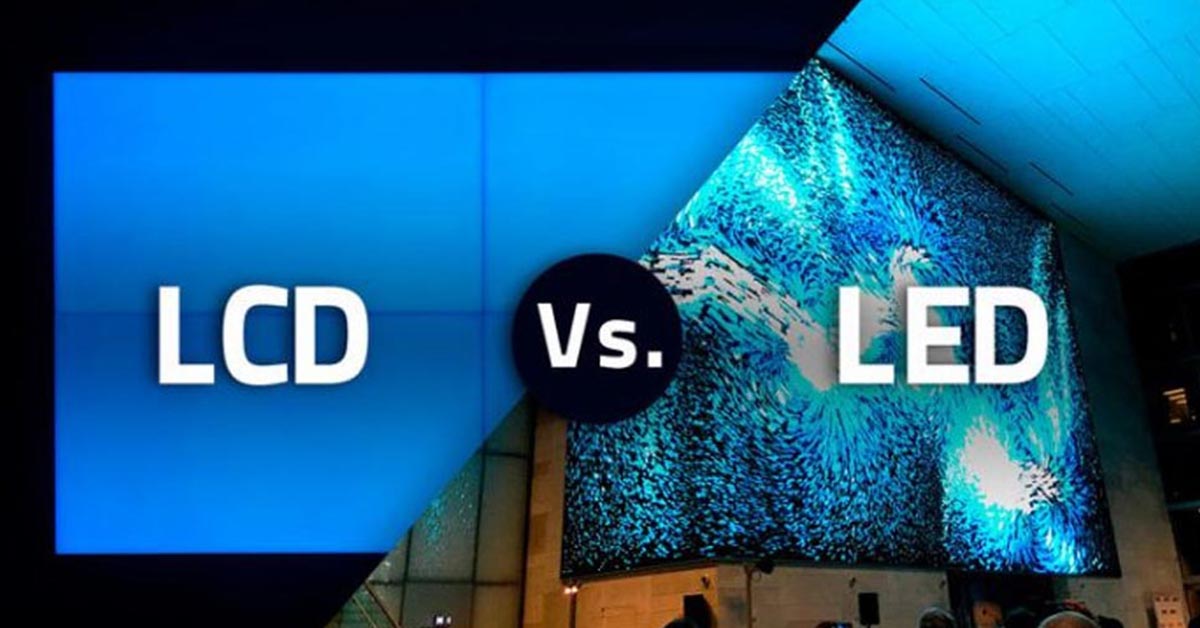
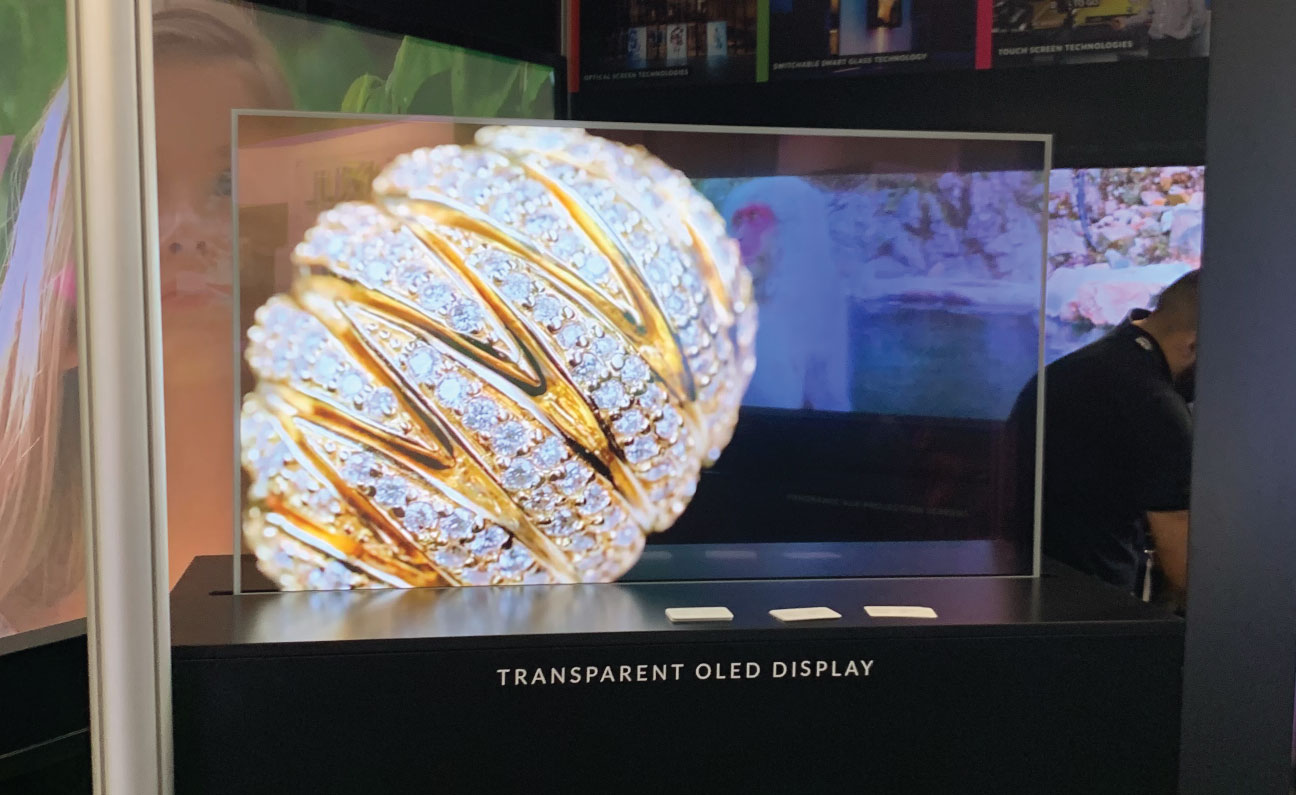
Picture yourself passing by a luxury store window that seems to come to life, digital visuals glide across the glass while the products behind remain crystal clear. That’s the magic of transparent displays. But not all are created equal. Whether you’re chasing futuristic retail installs or picking the right digital signage for storefront window, understanding the difference between transparent OLED display vs transparent LCD is key. Let’s unpack what makes them distinct and which shines in different scenarios.
At its core, transparent OLED is self-emissive—each pixel lights itself, generating stunning contrast and deep blacks without needing a backlight. This leads to a sleek, ultra-thin profile and high transparency of around 40–80%. By contrast, transparent LCD relies on a backlight shining through liquid crystals. While the panel itself can be clear, the backlight and layers reduce transparency to just 10–20%, and the unit ends up thicker and heavier.
What this means in practice is that transparent OLED can feel almost invisible when off—just a clear pane of glass—whereas transparent LCD panels retain some blanked-out look even without content.
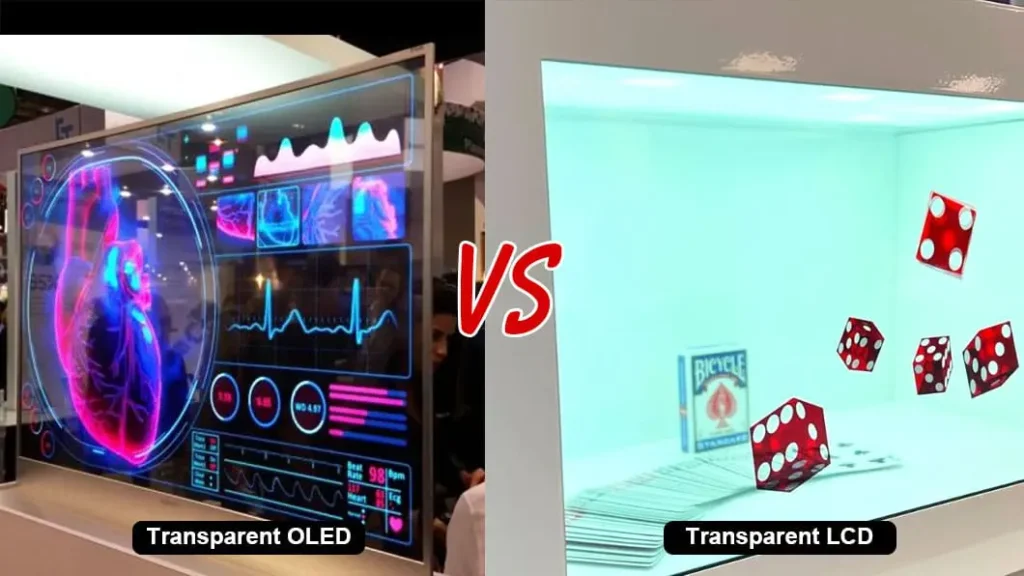
When it’s time to dazzle, OLED displays offer higher contrast, richer colors, and deeper blacks thanks to per-pixel illumination. Transparent OLEDs produce glass-clear images with accurate color and vividness—views through the glass remain elegant yet discrete. Transparent LCDs, even the best, tend to flatten black scenes and appear washed-out, especially in shadowed or dark segments.
For retail and hospitality spaces—whether in window display advertising screens, hotel lobbies, or museum exhibits—this elevates transparency intensity without compromising visual appeal.

Going outdoor or facing showroom lights? OLED wins again. Although transparent OLEDs can struggle in direct sun, they punch above their transparent LED siblings thanks to higher brightness per pixel and reduced glare without built-in backlights. Transparent LCDs struggle to remain vivid unless a powerful, uniform backlight floods the setup, and even then, dark imagery may appear skewed.
In summary: transparent OLEDs deliver consistent visibility without sacrificing transparency—ideal for outdoor transparent display and digital signage for boutiques where glamour must meet practicality.
Transparent OLED tech opens doors to ultra-slim, even flexible displays that wrap around frames or drop down inside showcases, all without bulky backside elements. Transparent LCD, essential for clear display technology, often needs more structural support, making it less suited to custom scenic or minimal architecture.
For installations where aesthetics travel hand-in-hand with function—flagship store windows, transparent screen for retail, or immersive display booths—OLED offers unmatched elegance.
Because OLED pixels can be turned off individually, transparent OLED uses less power than LCD setups that must always power their backlight no matter what’s displayed. This means lower energy bills and a slimmer installation footprint. Both technologies can be paired with touch or motion overlays to become engaging interactive transparent displays, but OLED does it with less hardware underneath and less clutter.
When it comes to Transparent OLED vs LCD , Transparent OLED technology is still new, reflected in its premium✨ price tag—often 2–3 times more than transparent LCD. Production is complex, margins slim, and while costs are falling, these panels remain an investment.
There’s also the factor of organic lifespan. OLEDs, though durable, naturally degrade over years—a concern in 24/7 storefront lighting. LCDs, powered by inorganic components, may last longer and are cheaper to repair or replace.
So the question for brands becomes: is the payoff—luxury presence, seamless transparency, dynamic depth—worth the initial cost leap?
Transparent OLED shines in environments where aesthetics and immersion matter most. Picture high-end watch boutiques with floating holographic visuals in showcases, hotel lobbies with sleek concierge displays, or futuristic brand pop-ups. Think holographic display screens, luxury store digital signage, and architecture-driven transparent display showcases.
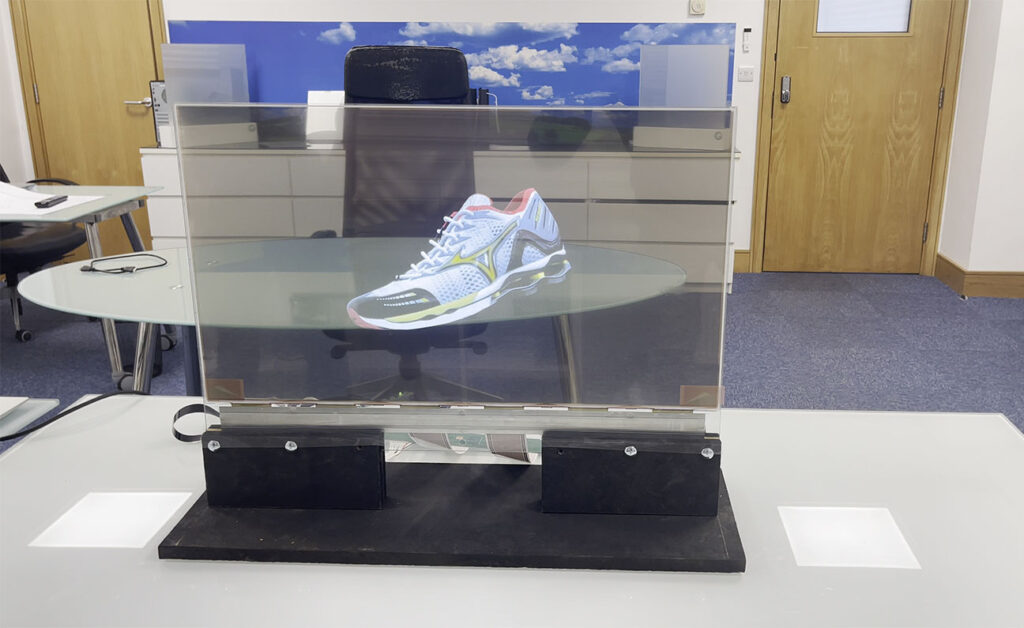
Transparent LCD, meanwhile, remains viable for budget-conscious digital banners inside transit aheads, point-of-sale screens, or scenarios where full transparency and black levels aren’t critical. They’re solid for digital screen behind glass signage or modest transparent display booths where cost trumps couture.
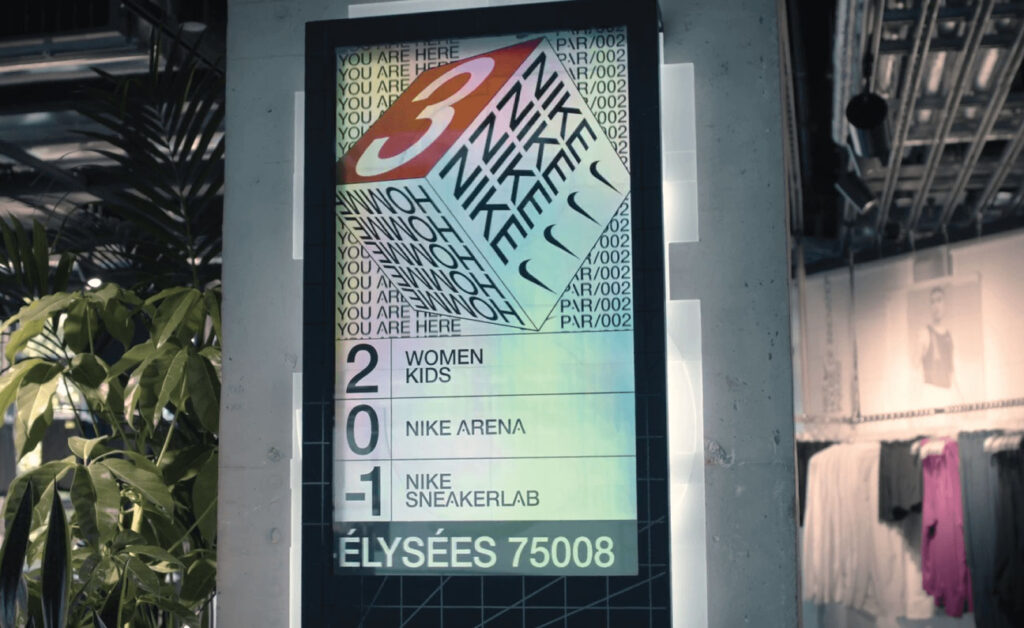
Innovations are pushing OLED farther—curved transparent video panels, flexible showcase screens, outdoor-friendly brightness. LG’s transparent OLEDs already grace fashion windows in Seoul, boosting both footfall and ambiance . Meanwhile, transparent LCD is evolving too with brighter backlights and thinner modules, winning new niches in price-sensitive trade show set-ups.
Both may carve out synergy: hybrid setups with OLED window headers and LCD informational bands below. As manufacturers scale, we’ll see transparent OLED screen costs fall, bringing high transparency and high impact to a wider range of brands.
Choosing between transparent OLED display and transparent LCD comes down to priorities: image brilliance, transparency, and design vs. cost and lifespan. If your goal is to offer jaw-dropping elegance on the storefront, floating info in showcases, or immersive public displays, transparent OLED delivers, albeit at a premium. If you’re balancing budget and durability for signage that supplements rather than defines a space, transparent LCD remains a perfectly valid—and cost-effective—option.
Whether you’re equipping a pop-up with rent transparent screen options, fitting out a hotel with transparent screen for hotels, or designing interactive windows for a boutique, knowing the strengths—and limits—of each tech will guide your vision.